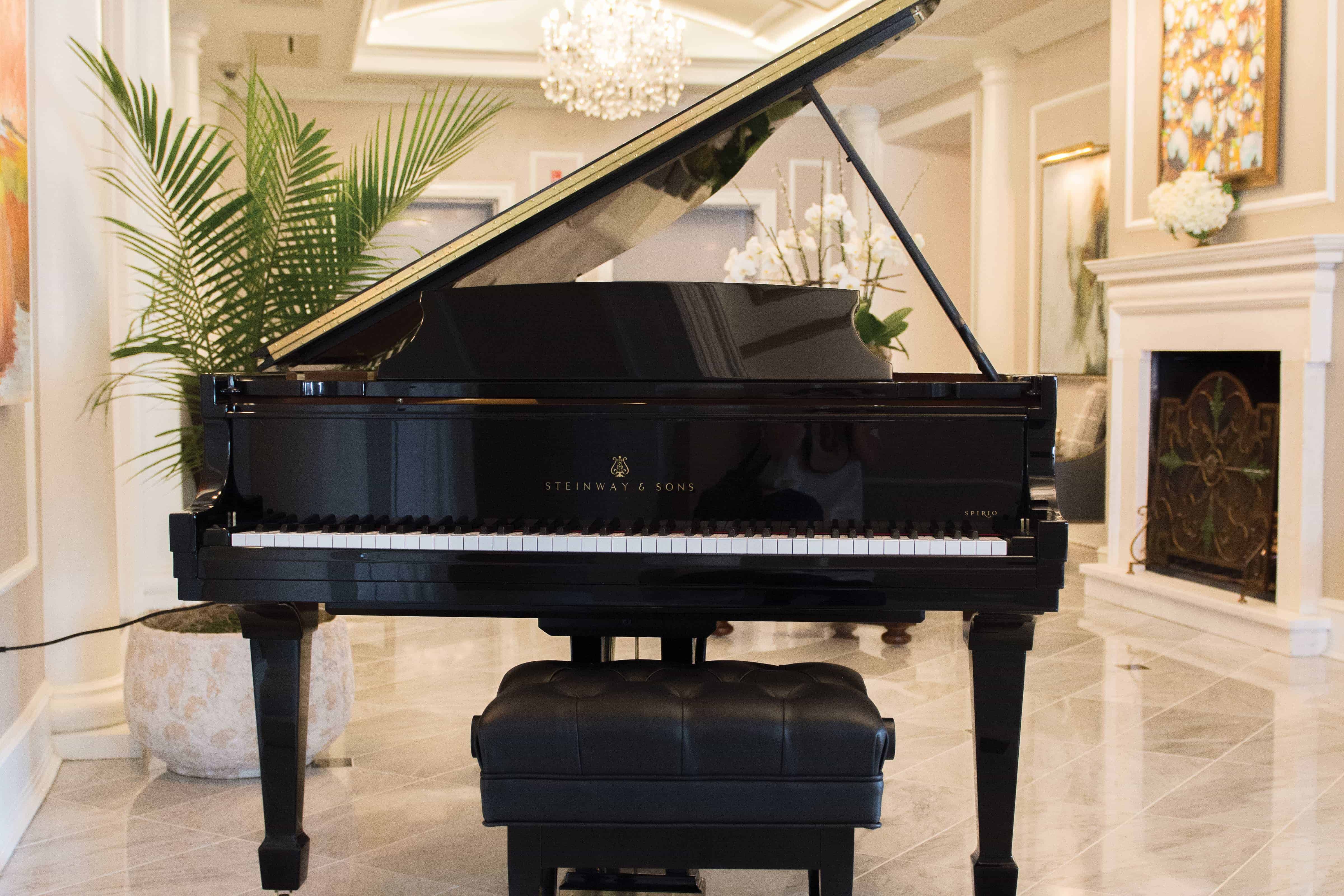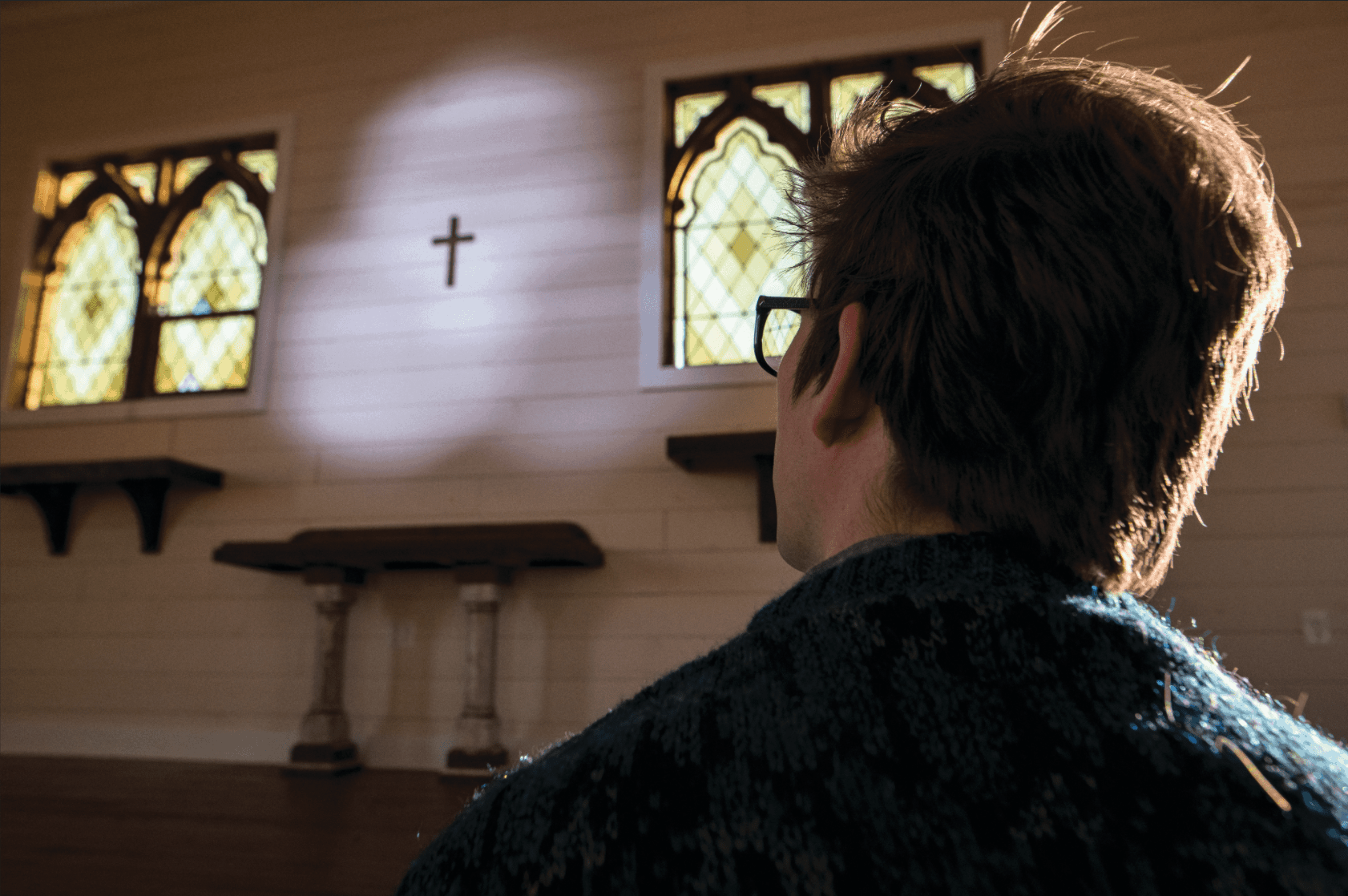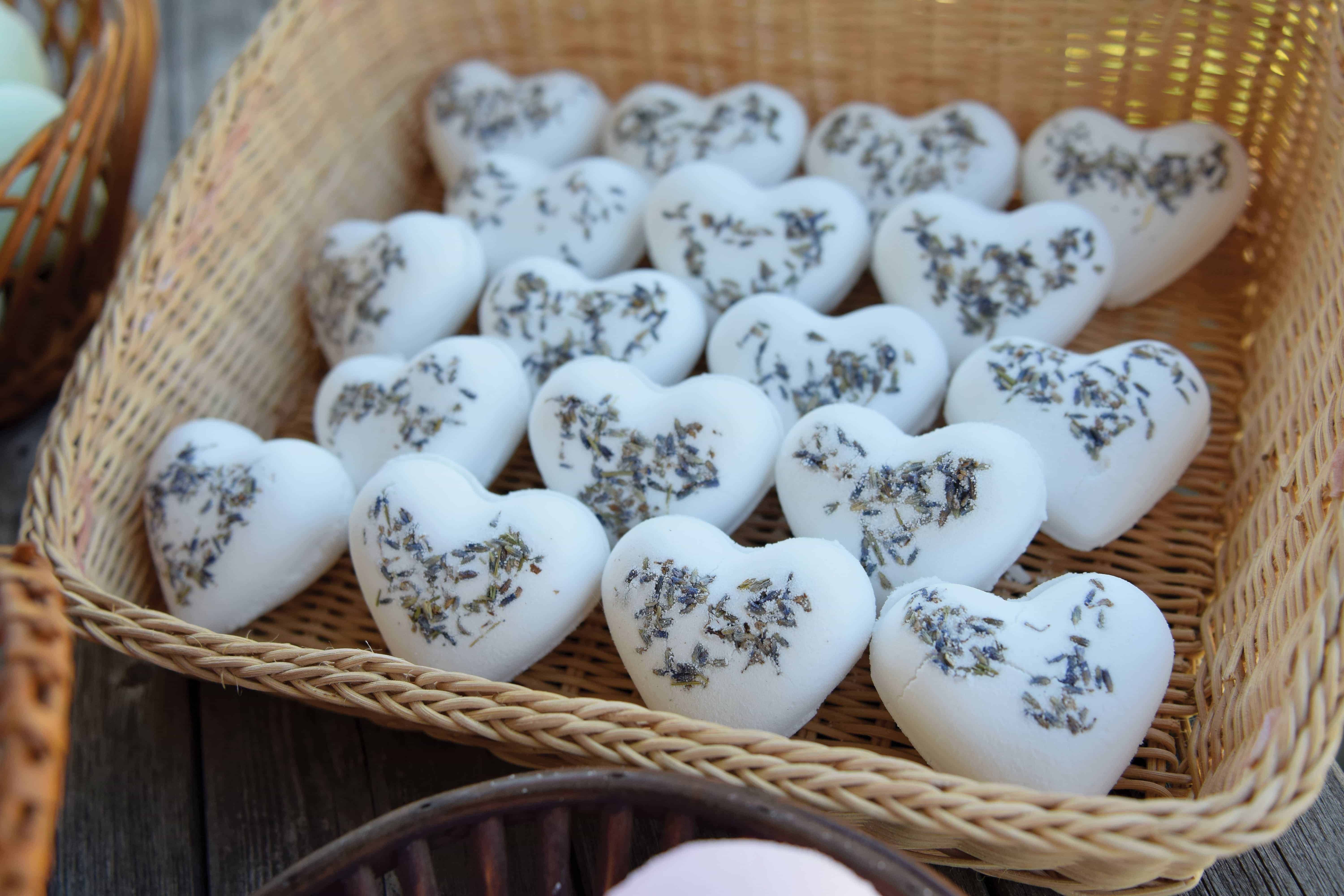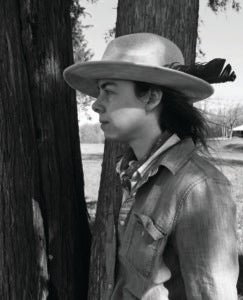 By Zoe Fitch
By Zoe Fitch
Kudzu was brought to the South from the East for the purpose of controlling soil erosion. It soon became a nuisance that continues today, but there is beauty in this misinterpretation. Kudzu is a stubborn and resilient plant that thrives in the summer and is dormant in the winter.
Much like kudzu, most southern artists prosper in the Summer, taking advantage of the long days and fruitful weather. The drastic change in environment during the seasonal shifts from winter to spring to summer is instrumental.
Brooke P. Alexander was born and raised in Athens, Ala., where most of her work is deeply embedded. Place influences her practice, and this practice really started at home.
Alexander lived in one house her entire life until her move to Oxford to attend graduate school at the University of Mississippi. Alexander sought the move to continue her art education after completing her Bachelor of Arts at Athens State University. Literacy and its roots are immersed in Oxford where she finds herself today.
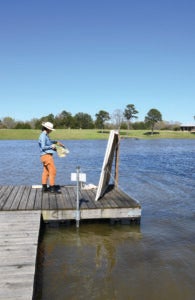 Drawing, and art in general, is something that came naturally to Alexander as it was something she always did without second thought. As an artist, you hear “you have a gift” growing up, but you don’t recognize it as that until much later in life if, at all. To an artist, the title or label is not the accomplishment, but the continuous ability to do what is natural to you. She uses a muted, quiet palette to convey a certain temper that invites the viewer into her world.
Drawing, and art in general, is something that came naturally to Alexander as it was something she always did without second thought. As an artist, you hear “you have a gift” growing up, but you don’t recognize it as that until much later in life if, at all. To an artist, the title or label is not the accomplishment, but the continuous ability to do what is natural to you. She uses a muted, quiet palette to convey a certain temper that invites the viewer into her world.
Alexander’s process begins with a muse and a story. The story within the painting almost always starts with a mood that she wants to depict, and her model reflects this idea. This mood may stay concise or change throughout the process.
All of Alexander’s work can be described as figurative because even when a person is not present they are alluded to in some way. She paints during the day because she paints from life and the natural light that seeps in is part of her process and research. The changing of natural light throughout the day influences her paintings. There is an urgency in following the changing of light that helps her articulate her thoughts and decisions more clearly. There is a solitariness with a solo figure within her work. Alexander intends for her subject’s surroundings to have a direct connection to the figure’s thoughts.
Alexander makes the connection between literature and painting by saying, “Slowing down is parallel to reading a novel, or even to reading a poem”. Everything is intentional. One must wade through the waters of thought before approaching the figure and eventually, the culmination of the painting.
“I remember an age when I couldn’t read but I can’t remember a time when I didn’t draw.” – Brooke P. Alexander
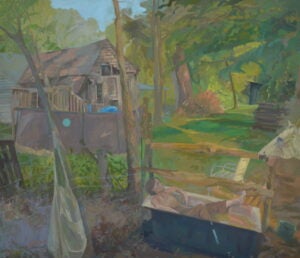 There is a moment of confusion in Alexander’s work that she puts in the way of the viewer as they travel along the channels of the flowing narrative. Her subjects find themselves in strange encounters within her narratives, much like the Southern Gothic literature she is inspired by. Alexander aims to tell a slow story as she does not like paintings that read too quickly.
There is a moment of confusion in Alexander’s work that she puts in the way of the viewer as they travel along the channels of the flowing narrative. Her subjects find themselves in strange encounters within her narratives, much like the Southern Gothic literature she is inspired by. Alexander aims to tell a slow story as she does not like paintings that read too quickly.
With a minor in English, Alexander finds herself more attached to books than fine art. However, literature has had a part in introducing her to a parallel world where she finds her own narrative scenes exist. Books were much more available to Alexander, compared to art museums, and she “fell into the world of fiction.”
She is most influenced by writers such as William Faulkner, Beth Ann Fennlley and Cormac McCarthy, as well as other figures in British literature, with Faulkner being the backbone to her narratives. Alexander claims that no matter how much detail the writer gives you it is always different from person to person, experience to experience. Alexander compares her viewers to readers of a book. Just as a reader brings their own outlook, she welcomes her viewers to bring their own curiosity when approaching her work.
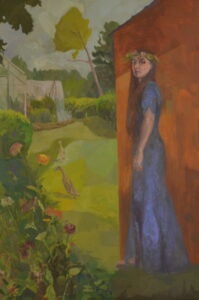
Southern Gothic is a major theme in Alexander’s work, both in her artistic aesthetic and the writing genre that inspires her narratives. ‘Southern Gothic’ is a writing genre employed by writers from the American South and uses deeply flawed, disturbing and eccentric characters and situations, as well as a visual aesthetic used by fine artists. These narratives also criticize the region’s racism, sexism, classism and the fallout of a decaying economy recorded in history. Alexander employs the qualities of the genre with her palette, peculiar compositions, and macabre expressions on her figures’ faces. The feeling of “Southern Gothic” is experienced most during seasonal changes in the American South, and in my opinion, mostly in the summer.
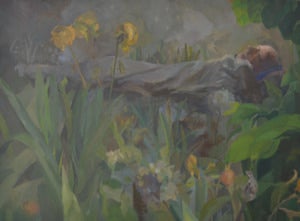 Alexander feels most at home in the summer in the South when she is close to nature and heat has an effect on body and mind. Only Southerners know how tortuous yet euphoric a summer in the South can be. The humidity in Mississippi drains you of any drop of hydration, but it is all worth it for the lush green flora and the bright sunlight that nourishes it.
Alexander feels most at home in the summer in the South when she is close to nature and heat has an effect on body and mind. Only Southerners know how tortuous yet euphoric a summer in the South can be. The humidity in Mississippi drains you of any drop of hydration, but it is all worth it for the lush green flora and the bright sunlight that nourishes it.
Yet there is something that changes in the mind of a Southerner during this time. Perhaps it is simply seasonal affective disorder or just hallucinations from dehydration, but it is perpetual. Perhaps it’s (the love of summer) in our blood, rooted in our heritage.
Spring brings rain, and summer brings the crops that nourish our bellies and pockets. As an artist, I see it as a time for growth myself, a reset if you will. Alexander says, “Just like the kudzu, we thrive in the heat of the South” when referring to our shared artistic practice during this time.
Brooke P. Alexander is a writer of paintings: By this I mean that she writes a story that her viewers can travel through with her brush and oil paint. The summer sun inspires and motivates her practice. Faulkner’s writing and Southern Gothic literature are the backbone of her work.
Just as kudzu awakens in the summer, Alexander’s art thrives in the heat of the South.


